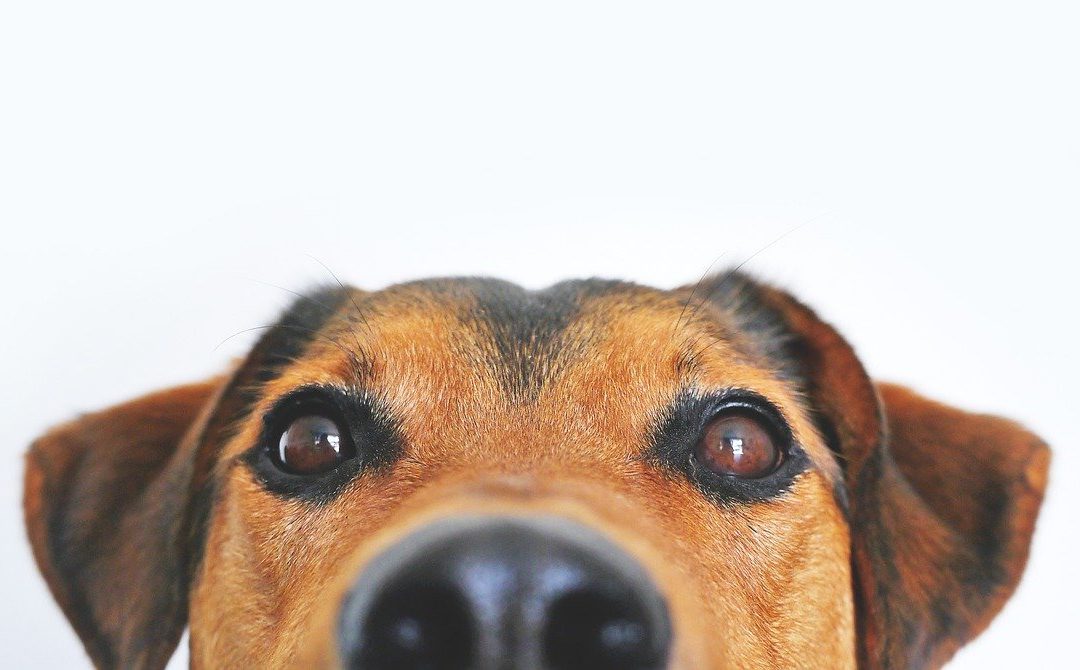Glaucoma is an optical condition affecting not only humans but our dogs as well and can prove to quickly worsen if left untreated. Glaucoma is characterized by intense pressure in the eye that prevents fluid from draining. As a result, this negatively affects the optical nerve thus worsening overall vision. With early detection, the effects of glaucoma can be mitigated. Learn to spot the early signs of glaucoma with the guide below.
Signs of Glaucoma in Dogs
- Cloudy appearance – Your dog’s eyes will take on a milky, almost-white appearance as the condition progresses.
- Redness of veins around the eyes – Noticeably apparent in the whites of your dog’s eyes. The surrounding veins will become more apparent.
- Pupil dilation – As a result, their eyes won’t respond as accurately to light sources
- Headaches – Your pet may begin to press their head as a response to the pressure
- Loss of appetite – Due to the stress, your pet may begin to slow down with their appetite
Glaucoma is caused due to pressure within the eye as a result of a primary eye disease that prevents the proper outflow of fluid. Conditions such as underdeveloped eye filtration angles, inflammation in the eye, and eye tumors can all contribute to glaucoma.
Diagnosis and Treatment of Glaucoma in Dogs
Your veterinarian will test your dog’s eye pressure during a physical examination using a tool known as a tonometer. Prior to the exam, it’s important you are thorough in detailing your pet’s health history to accurately determine the cause if glaucoma is present. A veterinary ophthalmologist may be recommended if the condition appeared suddenly. Electroretinography may be performed to determine if blindness will occur even after treatment or an x-ray/ultrasound will be performed to detect optical abnormalities.
Depending on the condition of your pet’s eyes, medication may be prescribed to help relieve pressure. If the condition has worsened, surgery will be needed to help drain the excess fluid. Alternatively, if found early, cyclocryotherapy is also an option which utilizes cold temperatures to kill the cells responsible for intraocular fluid. Dogs will eventually adjust to their vision impairment caused by glaucoma over time. Early detection is important to ensure they maintain their vision for as long as possible.
If you’ve noticed some of the symptoms of glaucoma in your dog, we recommend scheduling an optical appointment with us to examine the condition of your dog’s eyes before their condition worsens. Please contact our team if you have any questions or concerns regarding glaucoma.

